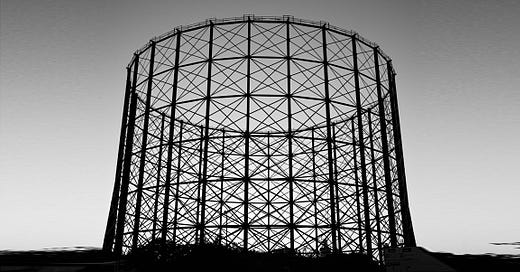Natural gas is its own worst enemy
Big Oil’s heralded ‘bridge fuel’ is pricing itself out of the energy transition
Natural gas prices are soaring across Europe and Asia, propelled by resilient demand and patchy supplies. This demonstrates how deeply gas has become entrenched in the global economy – and how poorly equipped the gas industry is to provide the affordable ‘bridge fuel’ it says the energy transition needs. The partially commoditised nature of gas trade co…




